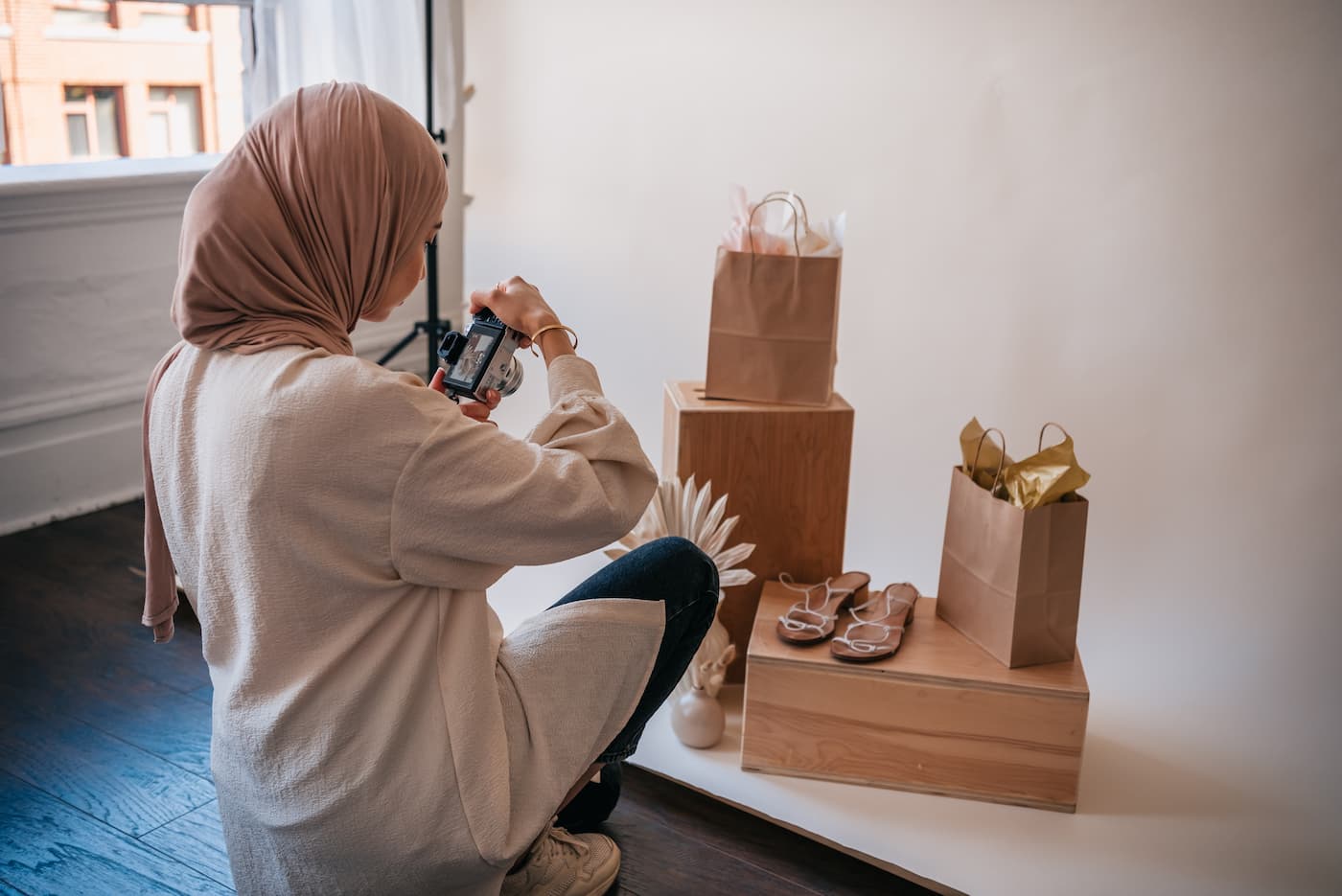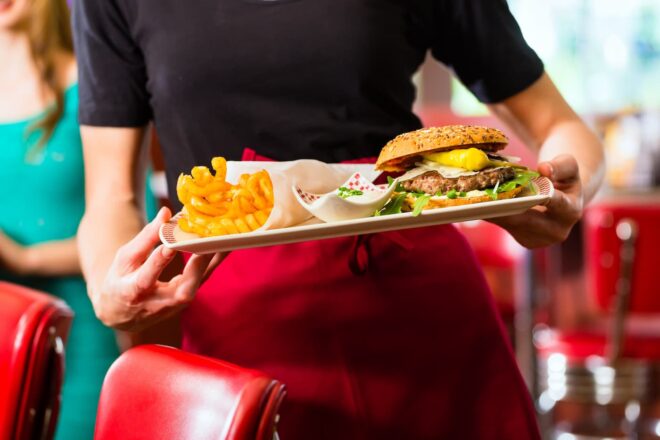How to take product pictures that stand out
Editorial Team
6 min readIf you want to attract clients and customers to your online store, it may be worth the time to learn about taking product pictures for your website. Similarly, if you’re a restaurant or food service that wants to bring in diners, great photos can be worth their weight in gold.
It’s time to lose the fear of photography and find your groove. That way you can snap better shots for your site, blog, brochures, socials–whatever marketing channels you use to promote your business. We’ll discuss product photography setup, lighting for product photos, camera angles, professional photography services, and more.
Photo shoot preparation
When you’re first starting, taking product photos isn’t as simple as point and click. However, if you create the right product photography setup, it does become easier and usually goes pretty quickly.
Think of it like this: Learning to take good product photos requires following a certain process. You just need to figure out the environment, nail your product prep, and establish great lighting for product photos.
Prepping the environment
Environment is key to the success of your photos. It needs to match your product or service. It should also effectively highlight the main item while being visually cohesive with your brand.
Many sellers find it ideal to set up a neutral white backdrop. Other sellers may want to showcase their product in use or modeled on a person. In either case, you want to ensure the environment suits your goal and brand.
If you sell jewelry, for instance, your photos will likely include backdrops such as a model’s arm or neck, the inside of a velvet box, or a ceramic jewelry tray. If you’re a food cart, you’ll want to put that delicious burger front and center, whether the background is white or a rustic picnic table.
Don’t forget you can buy backdrops that replicate tile, antique wood, and even windows. These might prove a worthwhile investment if you don’t have a physical setup that works for you.
Prepping the product
Your product is going to get a close-up, so make sure it looks its best. For example, if you’re marketing watches, you should clean and shine them before shooting. Selling a shirt? A quilt? dress? Make sure to break out that lint roller first.
READ: How to photograph food well
Ways to take product photos
There are many ways to take product photos for dining establishments, eCommerce stores, or in-person retail shops. You can even take them on the go and in the wild. For now, though, consider these basic shots.
- Front facing at eye level: Set up your product on a tabletop or other surface. Then get down to eye level before taking the photo head on.
- Three-quarter angle: This angle is a great way to show the depth of your product when a front-on angle loses something. Think products where all dimensions matter, such as a box. Imagine the front is 0 degrees and the side is 90 degrees. The three-quarter angle sits at 45 degrees, just slightly to the side.
- Overhead shot: Top-down and flat lay shots are amazing for small items, books, clothing, and food spreads.
- Close-ups: Does your product benefit from lots of detail? Get up close and personal to show aspects of it, such as graining in wood or a shining glaze on a fruit tart.
- Group shots: If your products work together, group shots can both present a cohesive image and help you upsell at the same time. You might cluster jeans with shirts, bath salts with loofahs, or strawberry lemonade with sandwiches.
READ: How and why your business needs great photos
Lighting for product photos
Lighting plays a big role in how your photo will turn out. Unless you are intentionally showcasing a picture at night (patio party) or indoors (wine cellar), you should seek out natural light. Perhaps that means taking photos outside or next to a window.
If you do have a good source of natural light, stage your setup next to it. If the light is too direct, hang a gauzy white curtain or thin white sheet over the window.
Don’t have natural light but still want to take good product photos? You can research LED bulbs that mimic daylight. You might consider a lightbox for small items such as jewelry or photography lights on stands for larger compositions. Do some research to see what options can work best for your setup.
Tips for taking product pictures
Here are three tips for taking product photos.
1. Use a high-quality camera
Good cameras matter to good photos. Many of today’s phones come with professional-quality cameras, so give yours a try before you buy another piece of equipment. Just be sure to use one that has portrait mode, which gives you the ability to create that depth-of-field look.
2. Be consistent
Consistent photography builds your brand. Take most of your pictures in the same place with the same lighting, using the same setup and props. Use the 80-20 rule: 80% of your shots should look the same, with 20% candid or variety shots. Make sure to use a consistent editing style as well.
3. Stabilize shots with a tripod or overhead camera arm
Using a tripod or table-mounted camera arm to hold your camera or phone in place can help ensure the clearest possible shot. They’re affordable, and you can find tons of options online, making this a worthwhile investment.
Using a professional photographer
Professionals bring a level of expertise that many business owners may not have. Even though smartphones make it much easier to take a pro-style shot, there are many reasons you might still opt to contract out such services.
You may benefit from a professional if you:
- Don’t enjoy the process of taking product photos
- Don’t have time to learn how to take product pictures
- Lack the equipment for professional photos, such as tripods, camera mounts, or LEDs
- Don’t have access to good natural light
- Carry a lot of products in your line that change frequently
- Have a marketing budget that accommodates ongoing photography services
Achieving eye-catching photos for the modern business
At the end of the day, you shouldn’t overlook product photos, but they shouldn’t overshadow the rest of your business efforts. Use the above steps and you may find it much easier to master the algorithm that is photography and measurably improve your business at the same time.
Want to save time in other areas as well? Clover offers a wide range of POS systems and business management solutions that can help small businesses run more smoothly. If you’d like to learn more about how we can partner with you to transform the way you work, please feel free to reach out to a Clover Business Consultant and get started today!
CONTACT SALESRelated Posts
What online-first retailers need to know before opening a physical location
3 small businesses that build nostalgia into their brand
Popular Topics
Stay in touch
Sign up and learn more about Clover.
Thank you for your subscription!
More posts about starting a small business
eBook






